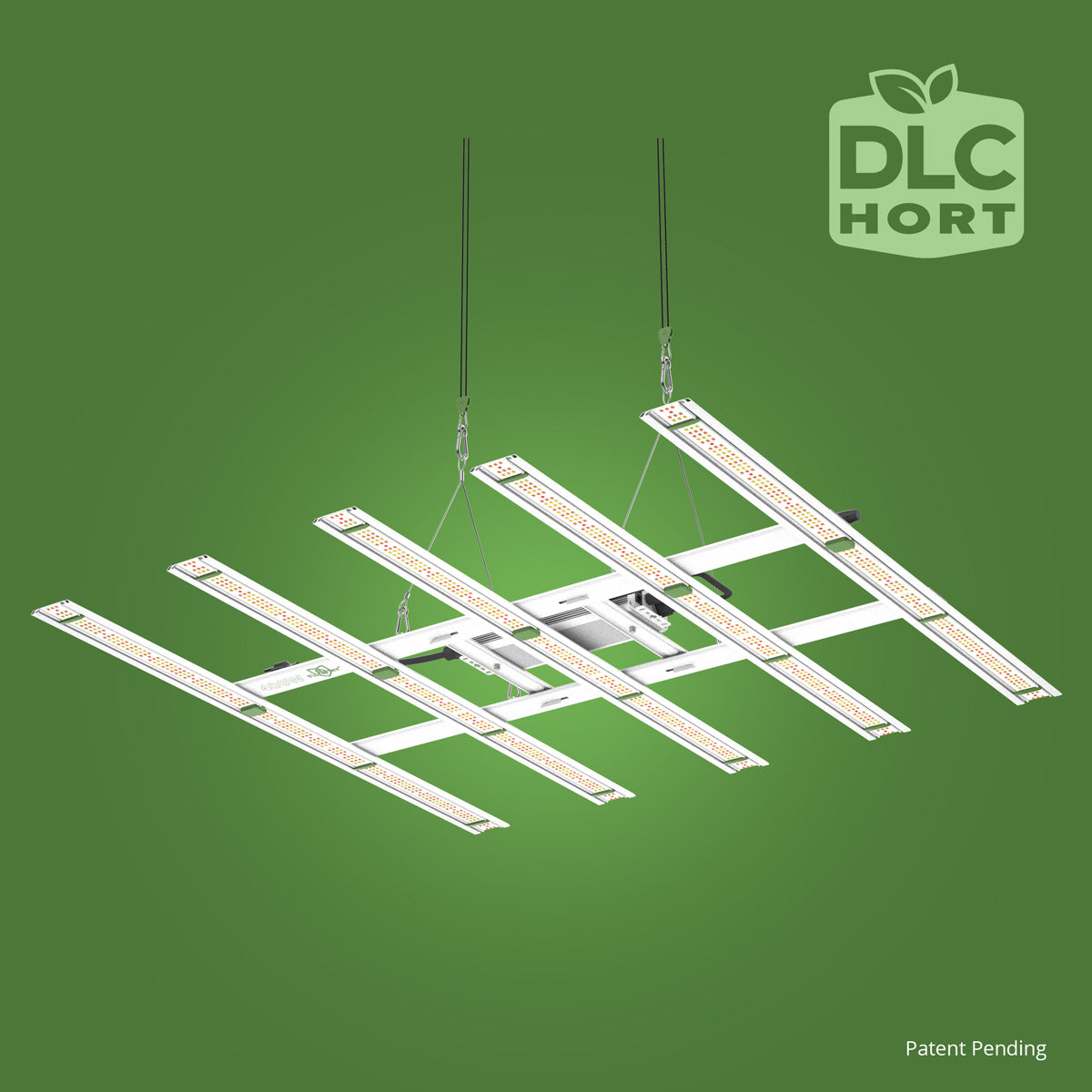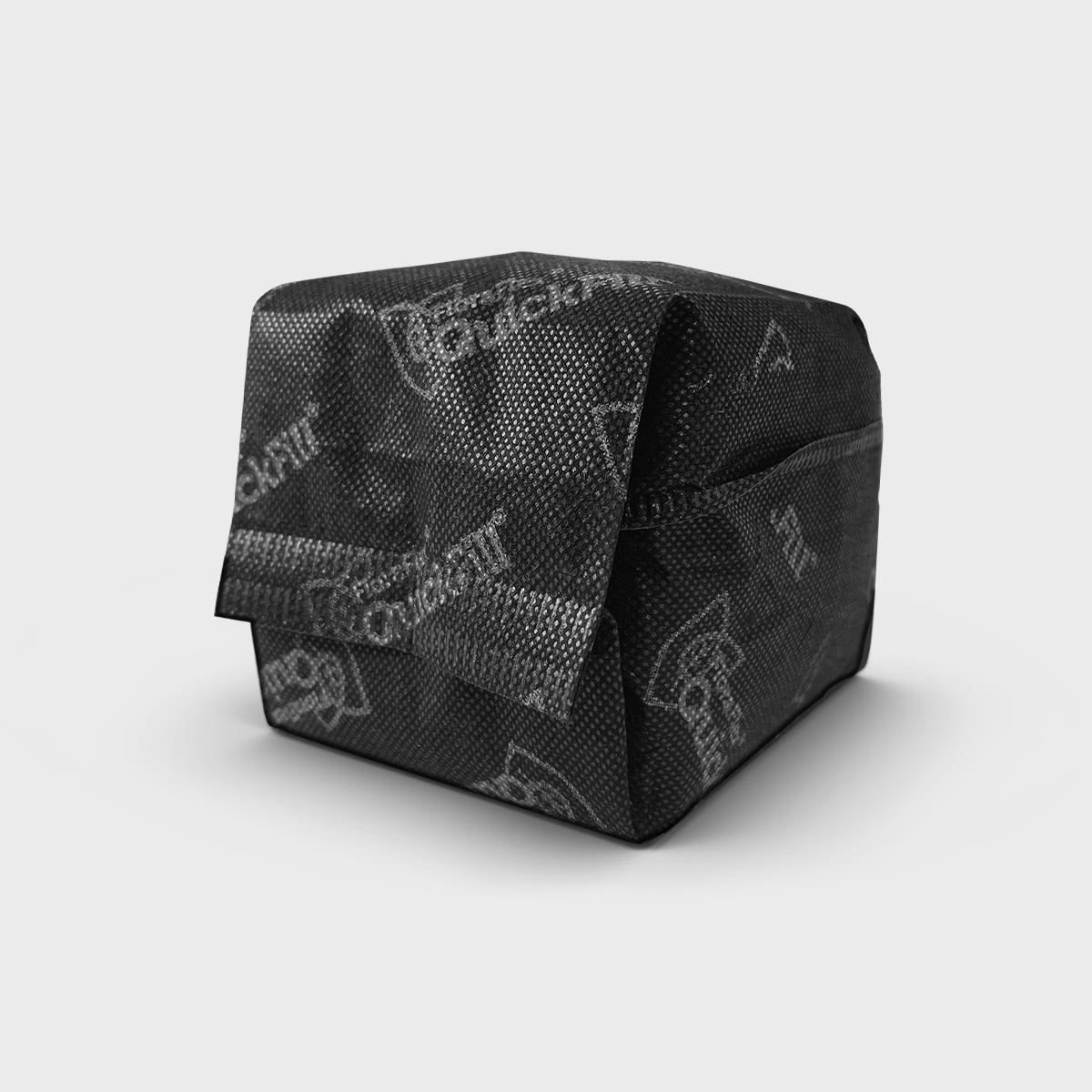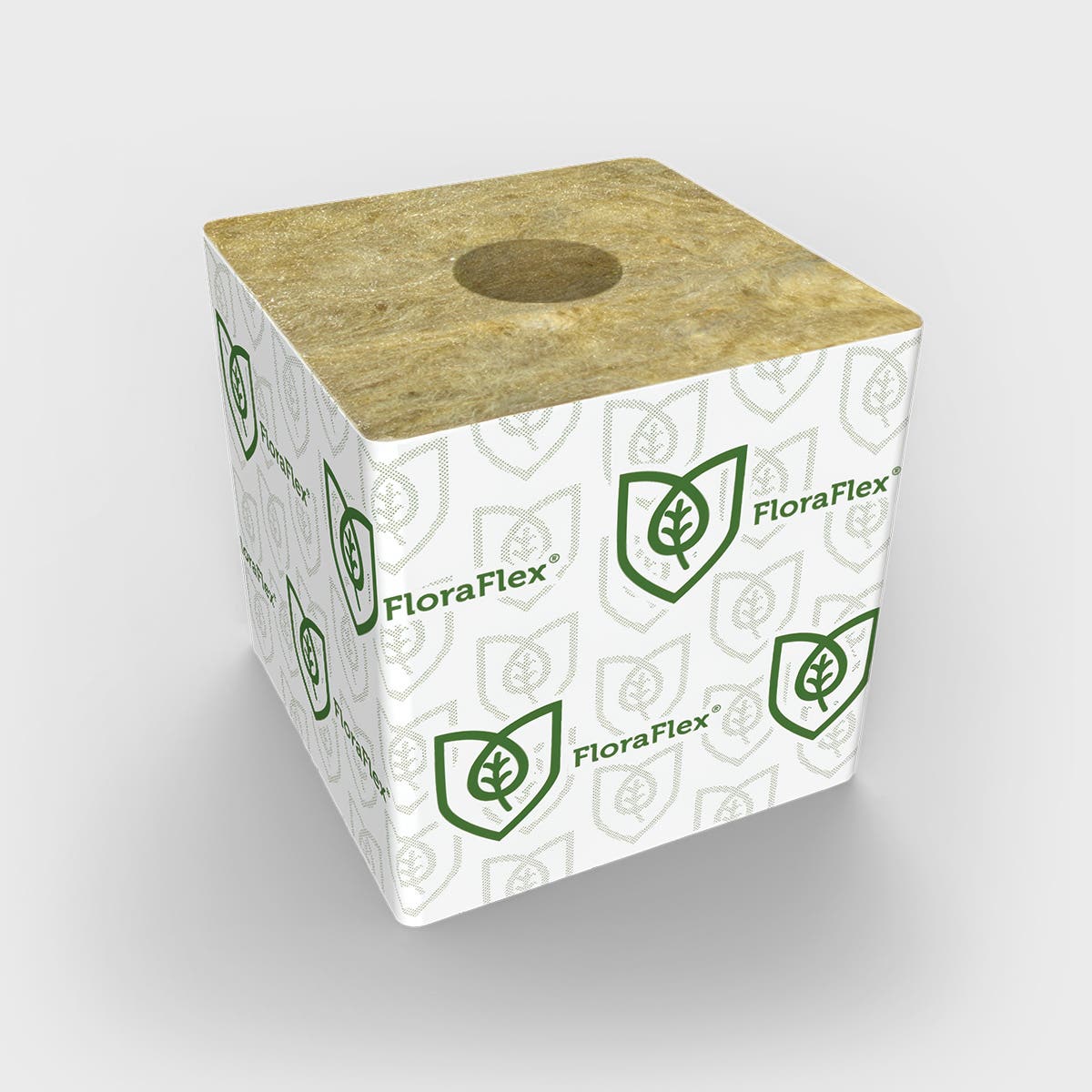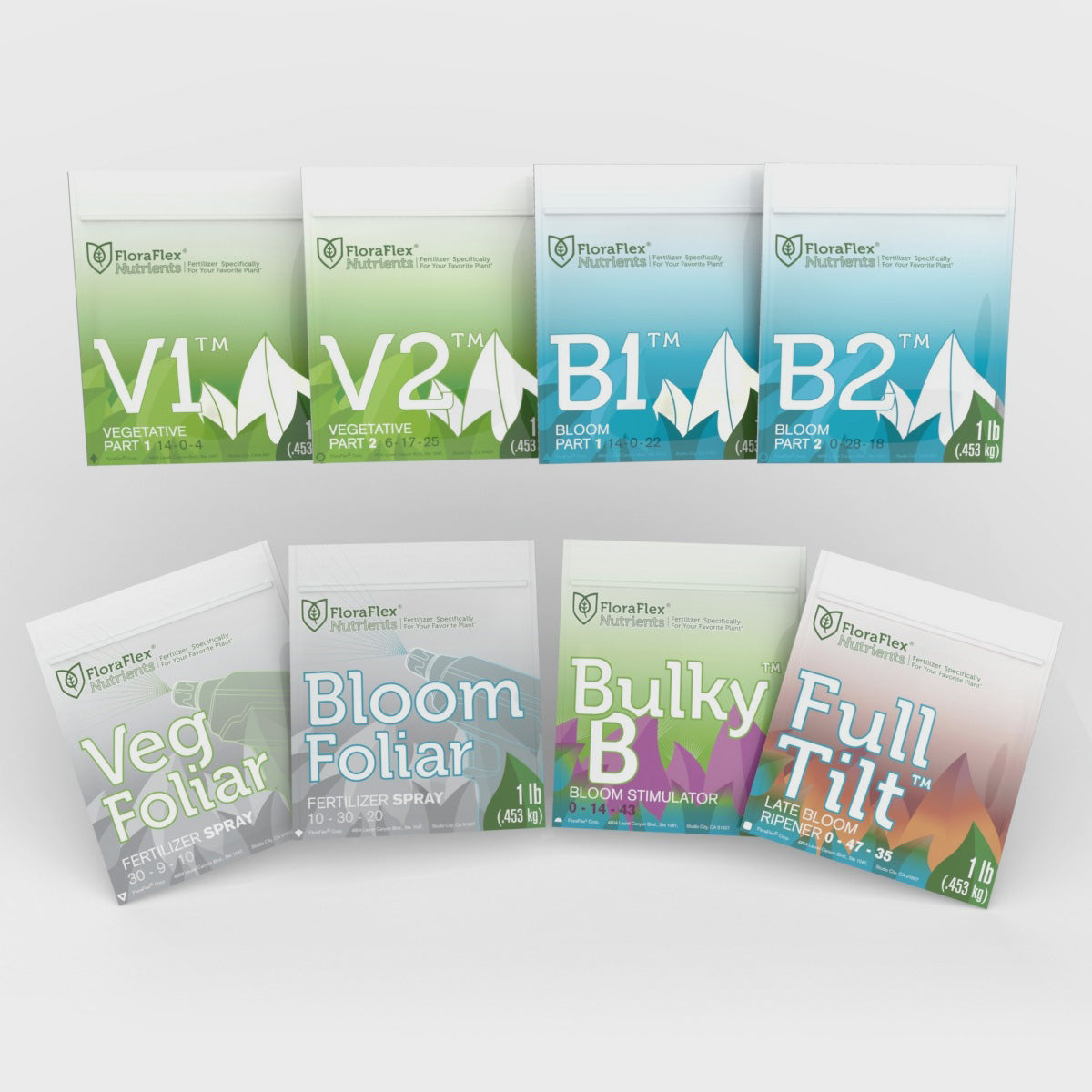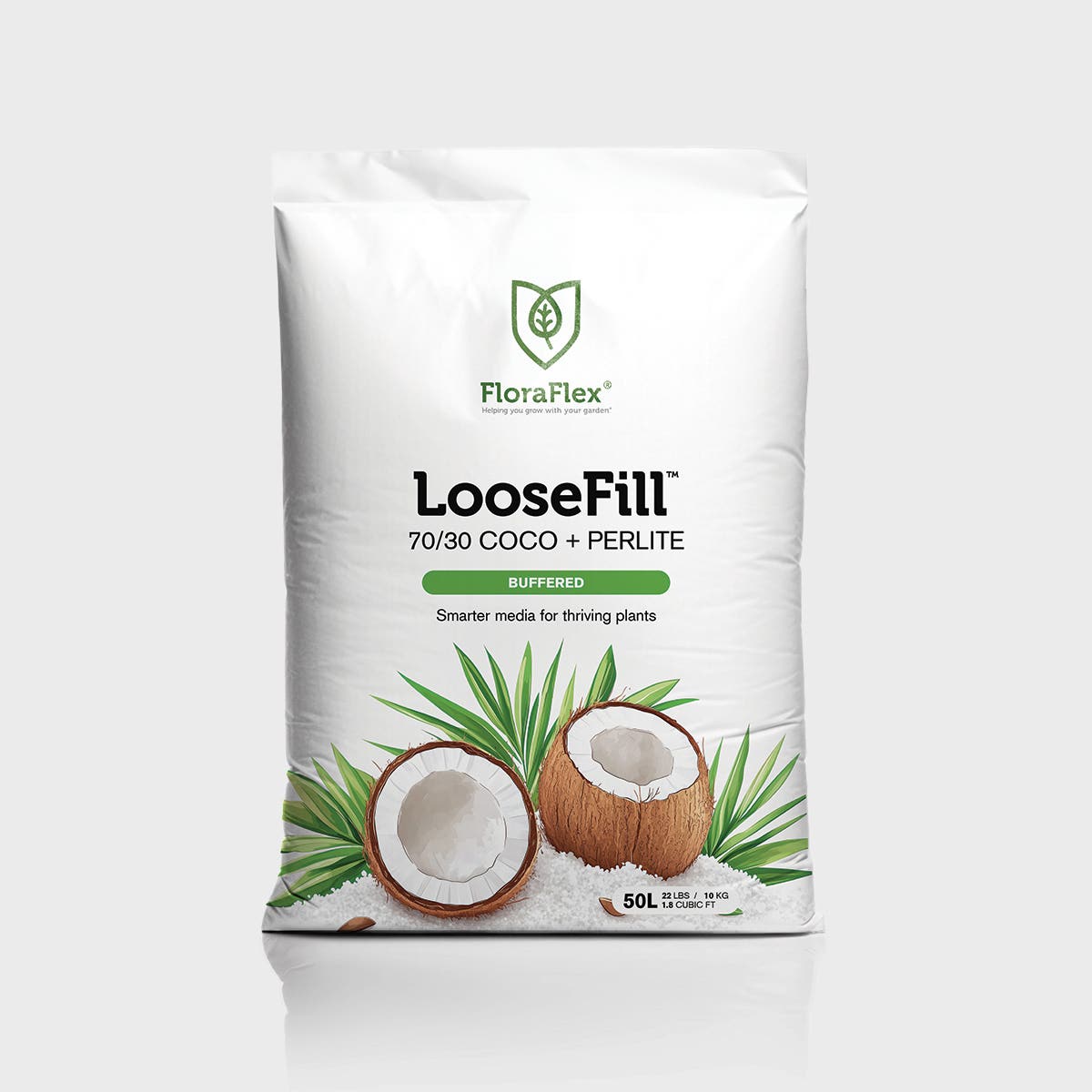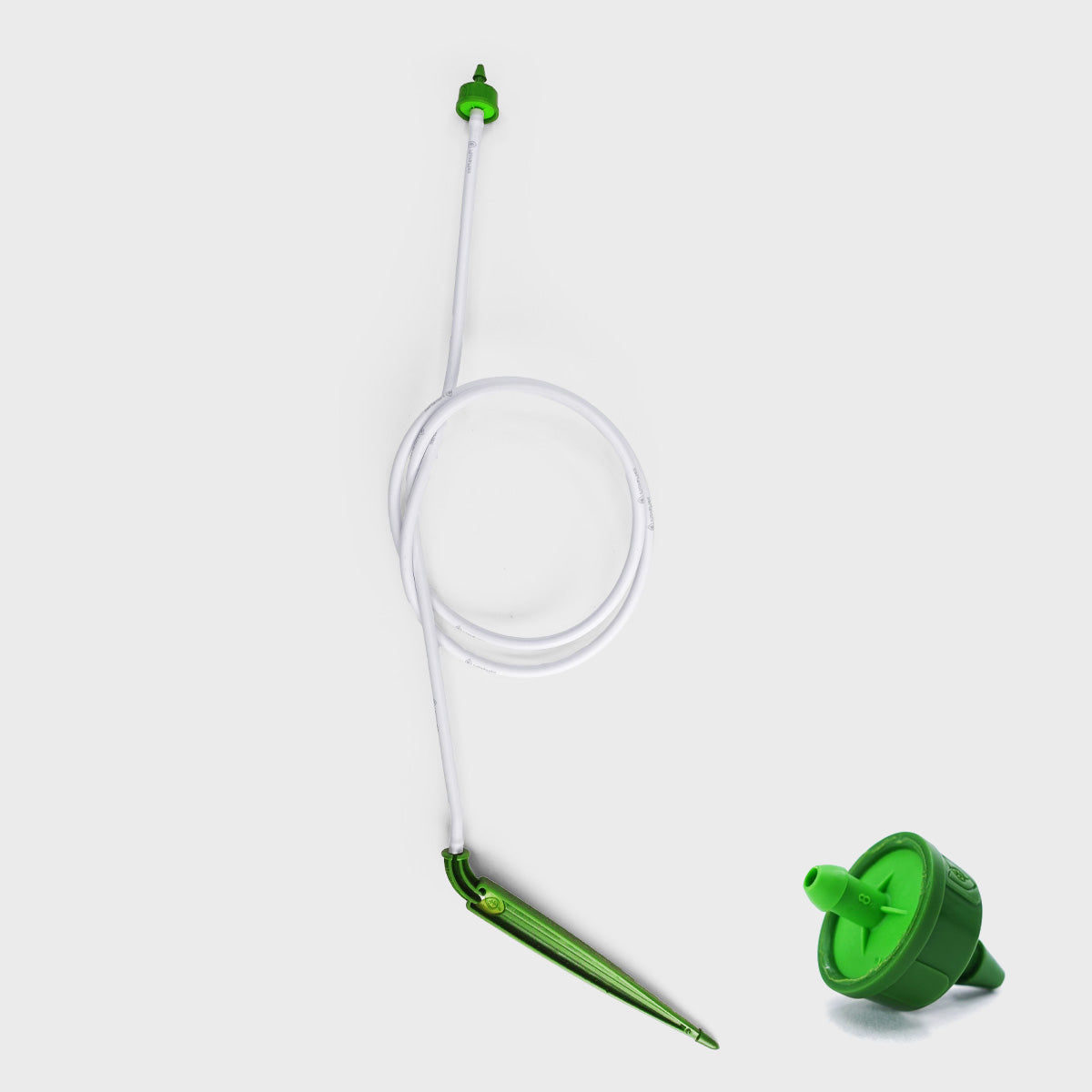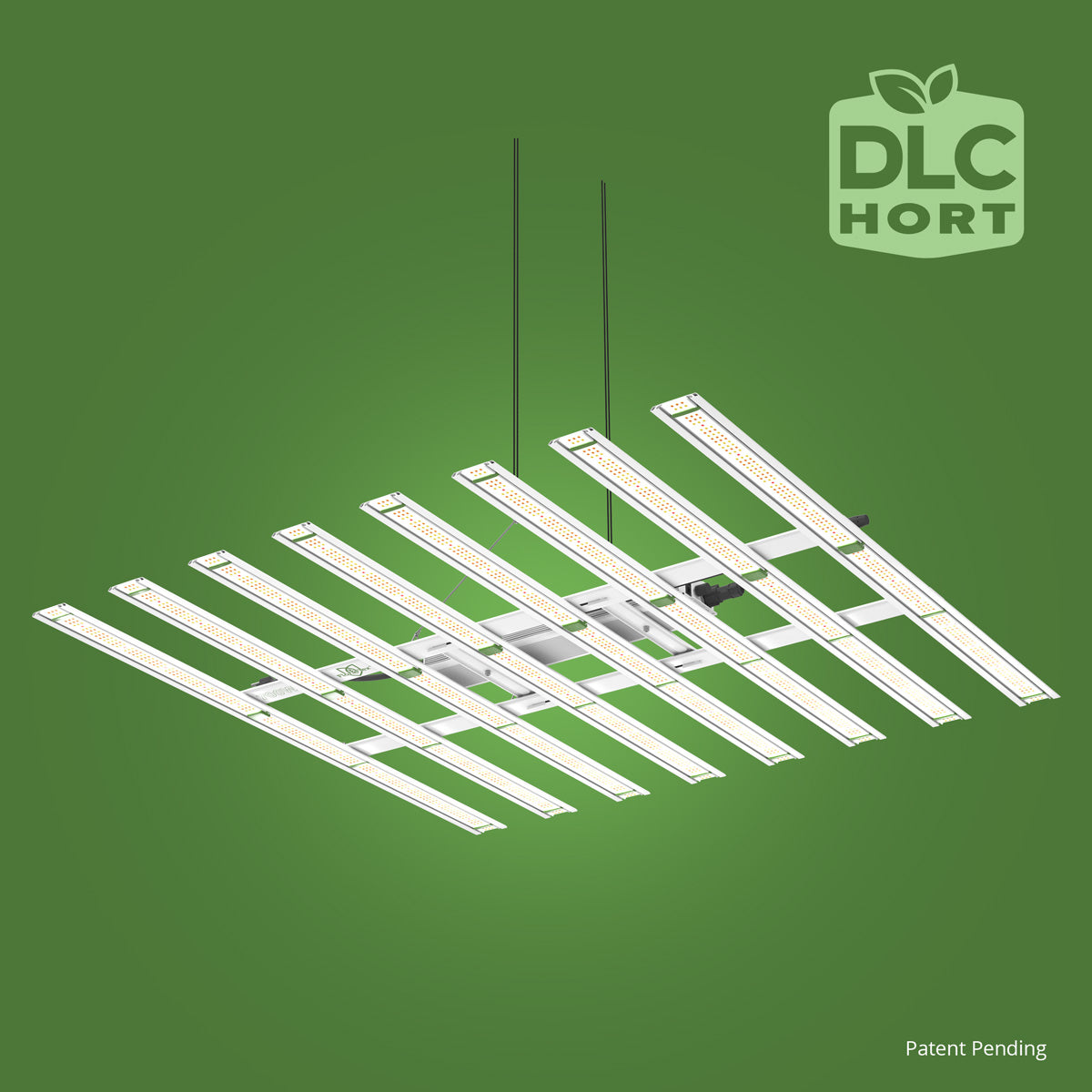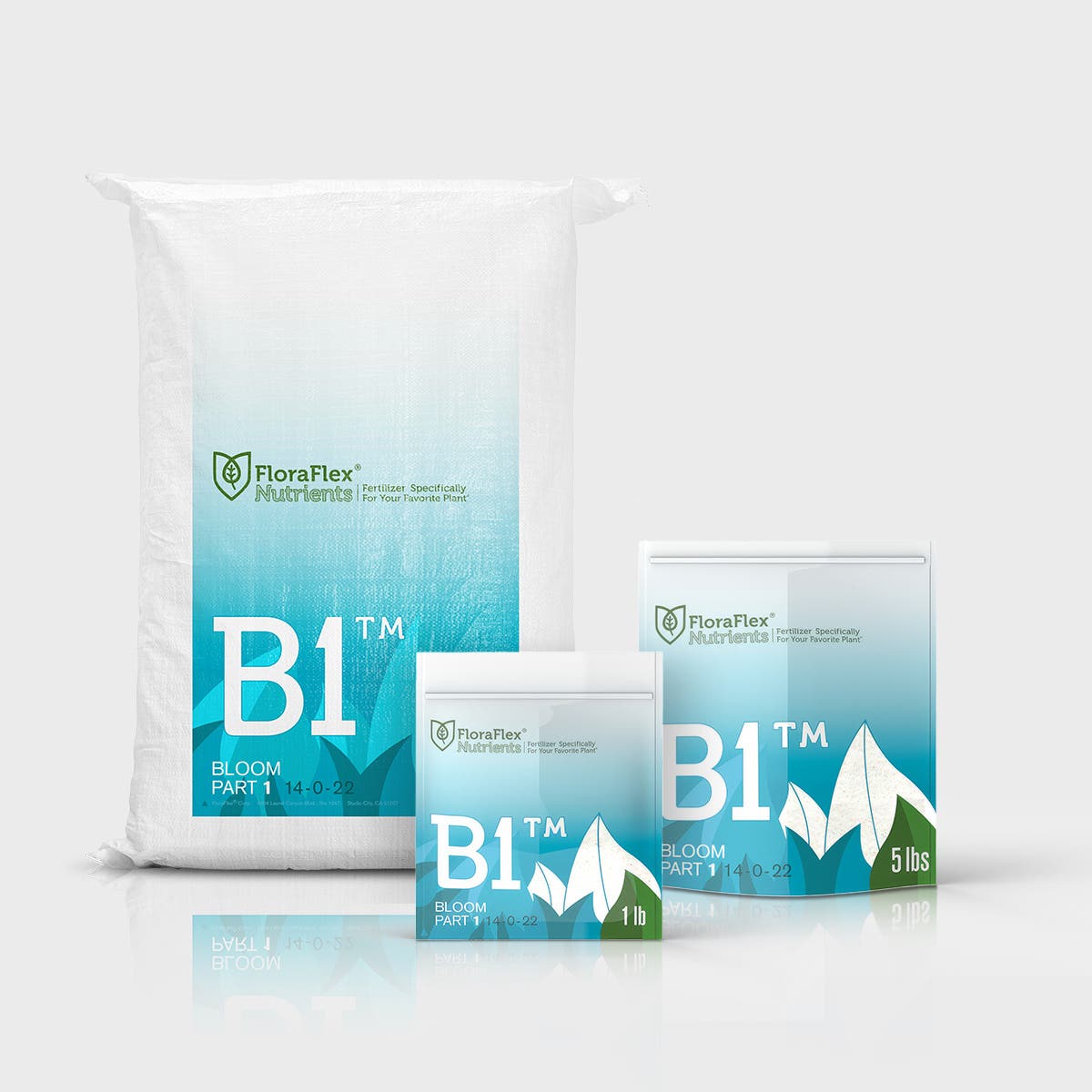Cannabis trimming trays are specialized tools designed to facilitate the trimming process in cannabis cultivation. They are typically rectangular or square-shaped trays with raised edges to prevent the buds from falling off. These trays provide a clean and controlled environment for trimming, ensuring that valuable trichomes are preserved while minimizing waste.
Benefits of Using Cannabis Trimming Trays
Enhanced efficiency and productivity
By using cannabis trimming trays, cultivators can create a dedicated space for trimming. This allows them to focus solely on the task at hand, leading to increased efficiency and productivity. With everything organized in one place, cultivators can trim buds without any distractions or interruptions.
Easy organization and management
Trimming trays provide a structured layout for the buds, making it easier to organize and manage the trimming process. Cultivators can arrange the buds in an orderly manner, ensuring a systematic approach to trimming. This organization prevents buds from getting mixed up and simplifies quality control.
Reduction of mess and waste
One of the significant advantages of using cannabis trimming trays is the reduction of mess and waste. The raised edges of the trays help contain any trimmed leaves, stems, and excess plant material, preventing them from scattering all over the workspace. This containment minimizes cleanup time and ensures a cleaner and more efficient trimming process.
Preservation of trichomes
Trichomes, the resin glands containing cannabinoids and terpenes, are highly valuable to cannabis cultivators. Trimming trays play a crucial role in preserving these delicate trichomes during the trimming process. The flat surface of the tray allows cultivators to handle the buds gently, reducing the risk of trichome damage or loss.
Prevention of cross-contamination
Cross-contamination between different buds can impact the quality and consistency of the final product. Cannabis trimming trays help prevent cross-contamination by providing separate compartments or sections for each bud. This separation ensures that the trimmers' hands or tools do not transfer unwanted elements from one bud to another.
Types of Cannabis Trimming Trays
There are several types of cannabis trimming trays available on the market. Each type has its own unique characteristics and advantages. Here are three commonly used types of trimming trays:
Traditional plastic trimming trays
Plastic trimming trays are a popular and cost-effective option. They are lightweight, durable, and easy to clean. These trays often come with a mesh screen bottom to allow small debris and trichomes to fall through while keeping the trimmed material on the tray.
Silicone trimming trays
Silicone trimming trays offer flexibility and non-stick properties. They are heat-resistant, dishwasher-safe, and easy to store due to their pliable nature. Silicone trays are particularly suitable for handling sticky or resinous buds, as they prevent the buds from sticking to the surface.
Stainless steel trimming trays
Stainless steel trimming trays are known for their durability and sturdiness. They are resistant to rust, corrosion, and damage from trimming tools. Stainless steel trays are easy to clean and maintain, making them a popular choice for professional cultivators.
Factors to Consider When Choosing Cannabis Trimming Trays
When selecting cannabis trimming trays, it is important to consider several factors to ensure they meet your specific needs. Here are some key factors to keep in mind:
Material durability and flexibility
The material of the trimming tray should be durable and resistant to damage from trimming tools. Consider the type of material that best suits your requirements, whether it's plastic, silicone, or stainless steel.
Tray size and capacity
Choose a trimming tray size that matches the scale of your cultivation operation. If you have a large quantity of buds to trim, opt for a larger tray with a higher capacity. However, ensure that the tray fits comfortably within your designated trimming area.
Ease of cleaning and maintenance
Efficient cleaning and maintenance are essential to keep your trimming tray in optimal condition. Look for trays that are easy to clean, preferably dishwasher-safe or compatible with common cleaning agents. Additionally, consider trays that are resistant to staining or discoloration.
Additional features and accessories
Some trimming trays come with additional features and accessories to enhance the trimming experience. These may include built-in screens, removable partitions, or ergonomic grips. Assess whether these features align with your preferences and requirements.
Cost and budget considerations
The cost of cannabis trimming trays can vary depending on the material, size, and brand. Set a budget that suits your needs and compare different options within that range. Remember to prioritize quality and durability over cost alone.
How to Properly Use Cannabis Trimming Trays
Using cannabis trimming trays effectively can significantly impact the efficiency and quality of the trimming process. Here is a step-by-step guide on how to properly use trimming trays:
-
Set up a designated trimming area: Choose a clean and well-lit area to set up your trimming station. Ensure there is enough space for the trimming tray, tools, and supplies.
-
Prepare the trimming tools and supplies: Gather all the necessary tools such as trimming scissors, gloves, and containers for collecting trimmed buds and waste. Have them within easy reach to minimize interruptions during trimming.
-
Place the cannabis buds on the tray: Carefully place the buds on the trimming tray, making sure they are evenly spread out and easily accessible. Consider using the separate compartments if your tray has them.
-
Trim the buds carefully: Using sharp and clean trimming scissors, trim away excess leaves and stems from the buds. Take your time and maintain a steady hand to ensure precision and accuracy.
-
Collect the trimmed buds and discard waste: As you trim each bud, collect the trimmed buds in a designated container. Dispose of the waste material, such as leaves and stems, into a separate container or trash bag.
-
Clean and store the trimming tray: After finishing the trimming process, clean the trimming tray thoroughly according to the manufacturer's instructions. Ensure it is completely dry before storing it in a clean and dust-free environment.
Tips for Maximizing Efficiency and Productivity
To maximize efficiency and productivity while using cannabis trimming trays, consider the following tips:
-
Use ergonomic trimming tools: Invest in high-quality trimming scissors or tools that offer ergonomic handles. This will reduce hand fatigue and improve trimming accuracy.
-
Optimize workflow and organization: Arrange the trimming tray, tools, and supplies in a logical order to create a smooth workflow. Keep everything within reach to minimize unnecessary movements.
-
Take breaks to maintain focus and accuracy: Trimming can be a repetitive and time-consuming task. Take short breaks to rest your hands and regain focus. This will help maintain accuracy and prevent trimming errors.
-
Develop a consistent trimming technique: Experiment with different trimming techniques to find one that suits you best. Once you have established a consistent technique, stick to it to improve efficiency and maintain uniformity in trim quality.
-
Regularly clean and maintain the trimming tray: Clean the trimming tray after each use to prevent the accumulation of debris and residue. Regular maintenance will extend the lifespan of the tray and ensure optimal performance.
Best Practices for Cleaning Cannabis Trimming Trays
Proper cleaning and maintenance of cannabis trimming trays are essential for their longevity and functionality. Follow these best practices for cleaning your trimming trays:
-
Remove excess plant matter and debris: Before cleaning, remove any remaining plant matter, leaves, or stems from the tray. Use a soft brush or cloth to gently brush off loose debris.
-
Use mild cleaning agents and warm water: Fill a basin or sink with warm water and add a mild cleaning agent, such as dish soap or a specialized tray cleaner. Avoid using harsh chemicals or abrasive cleaners that may damage the tray.
-
Scrub gently with a non-abrasive brush: Dip a soft brush or sponge into the soapy water and scrub the tray's surface, paying attention to any stubborn stains or residue. Be gentle to avoid scratching or damaging the tray.
-
Rinse thoroughly and allow to dry completely: Rinse the tray with clean water to remove any soap residue. Ensure that all traces of cleaning agents are thoroughly rinsed off. After rinsing, allow the tray to air dry completely before storing it.
-
Store in a clean and dust-free environment: Once the tray is dry, store it in a clean and dust-free area to prevent contamination. Consider covering it with a protective case or cloth to further safeguard it from dust or scratches.

